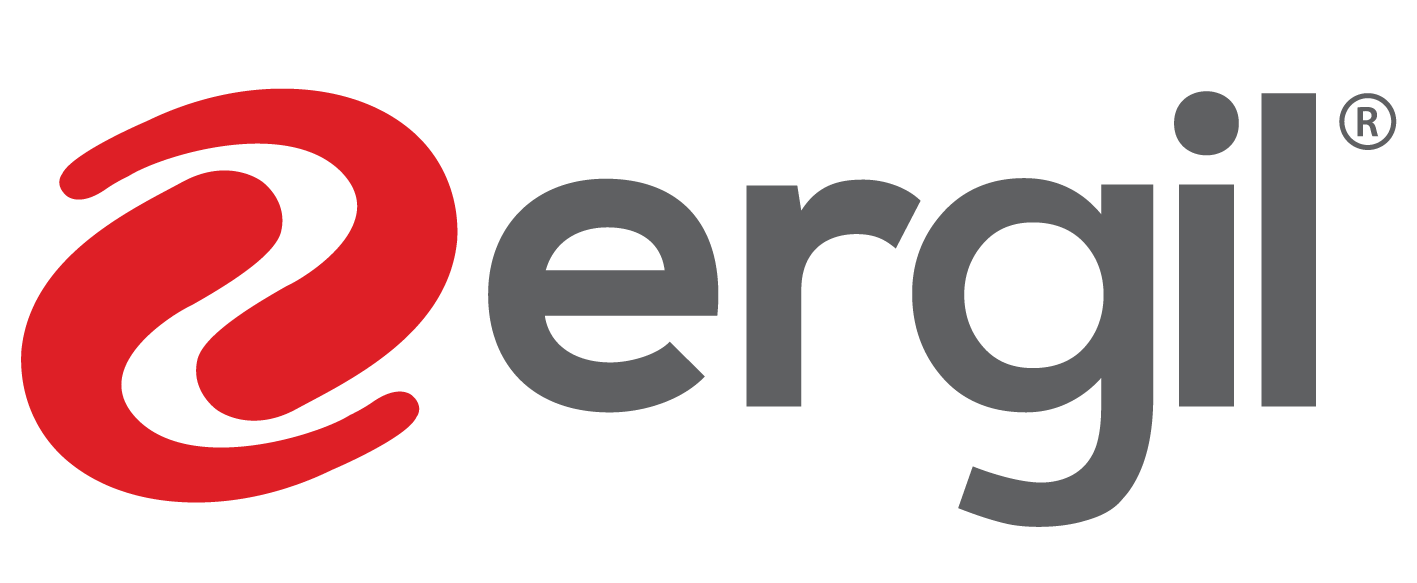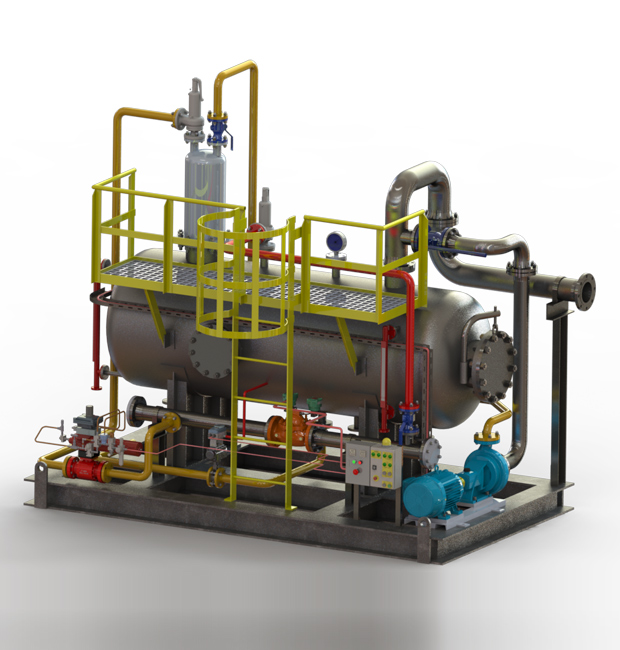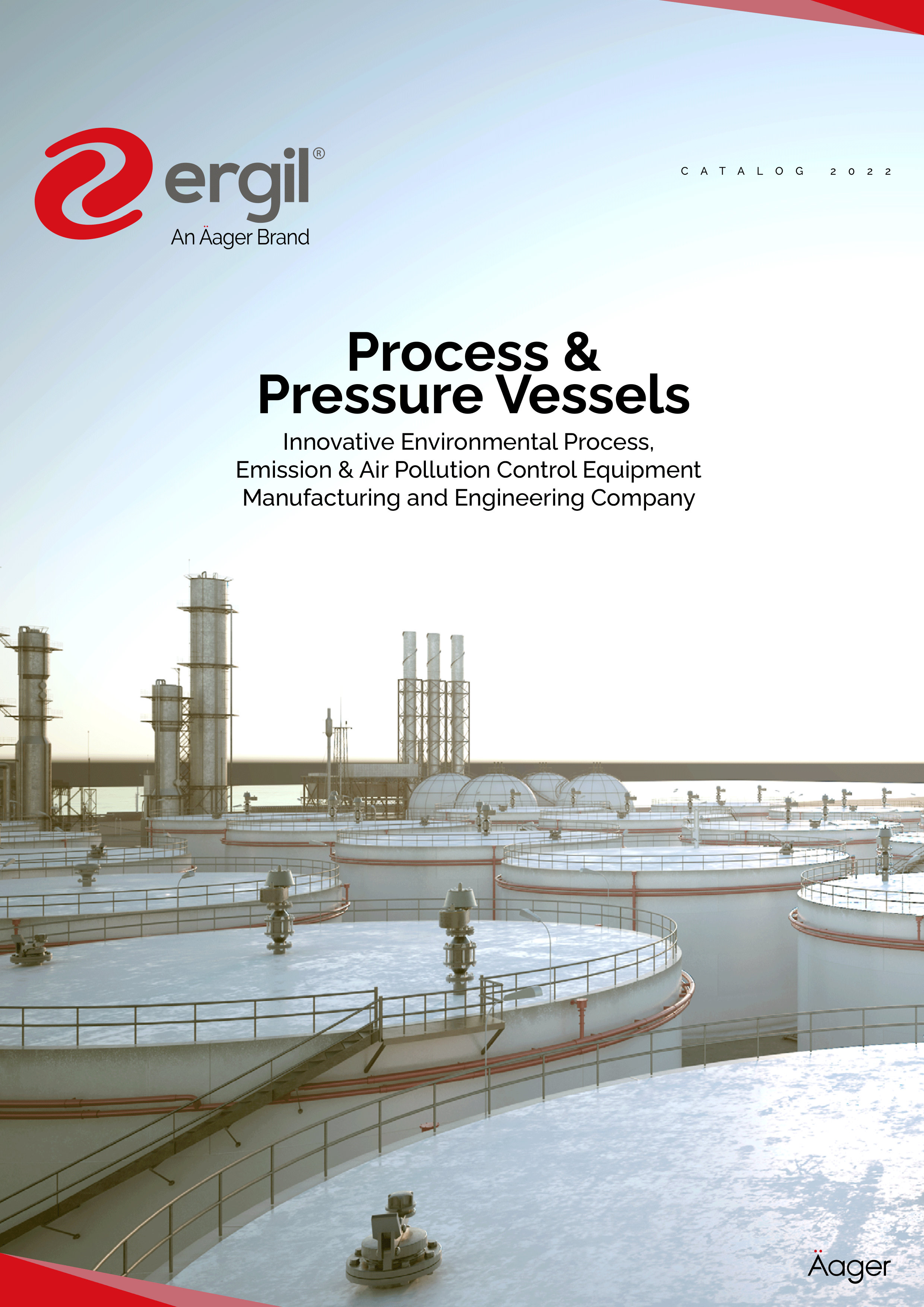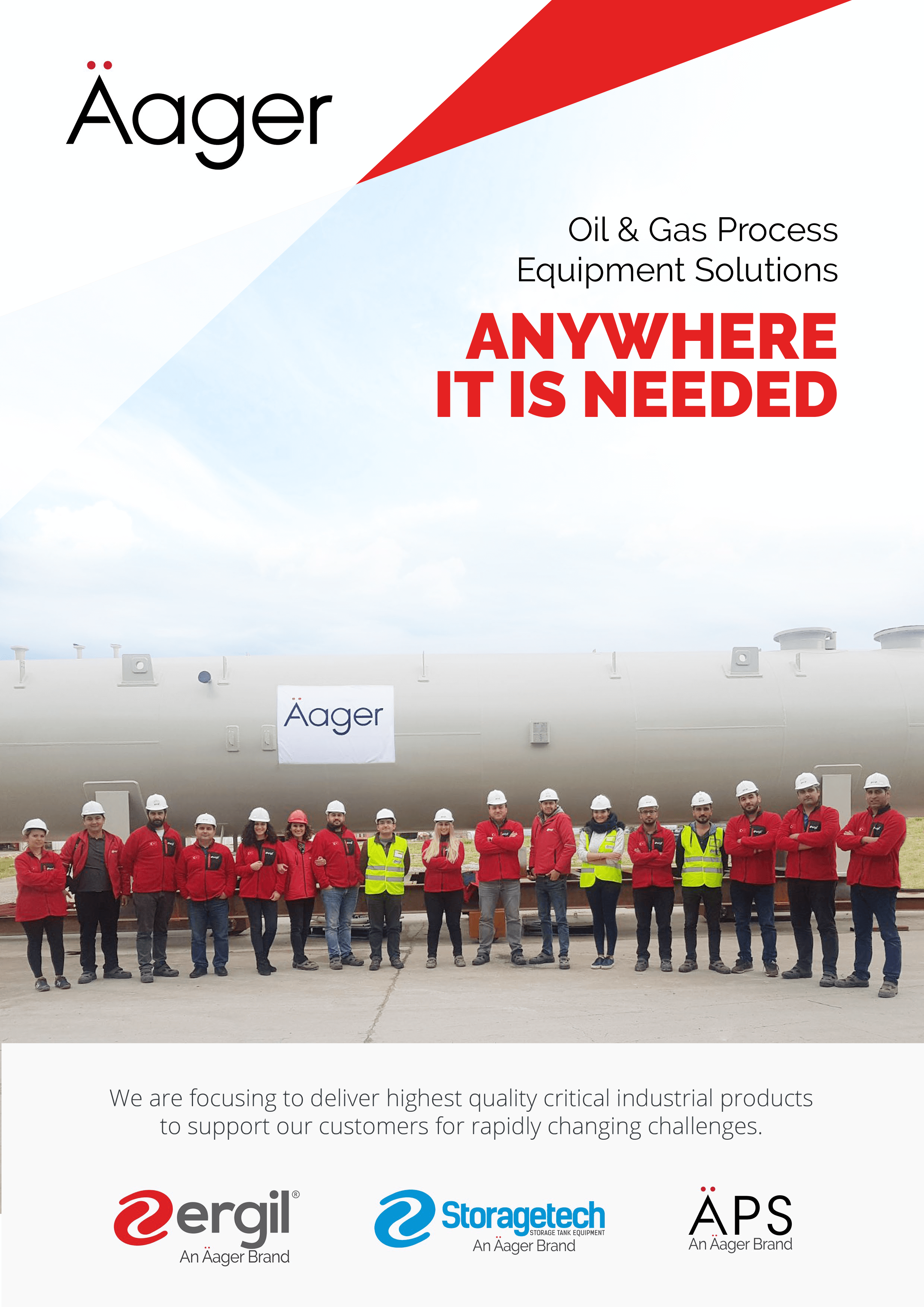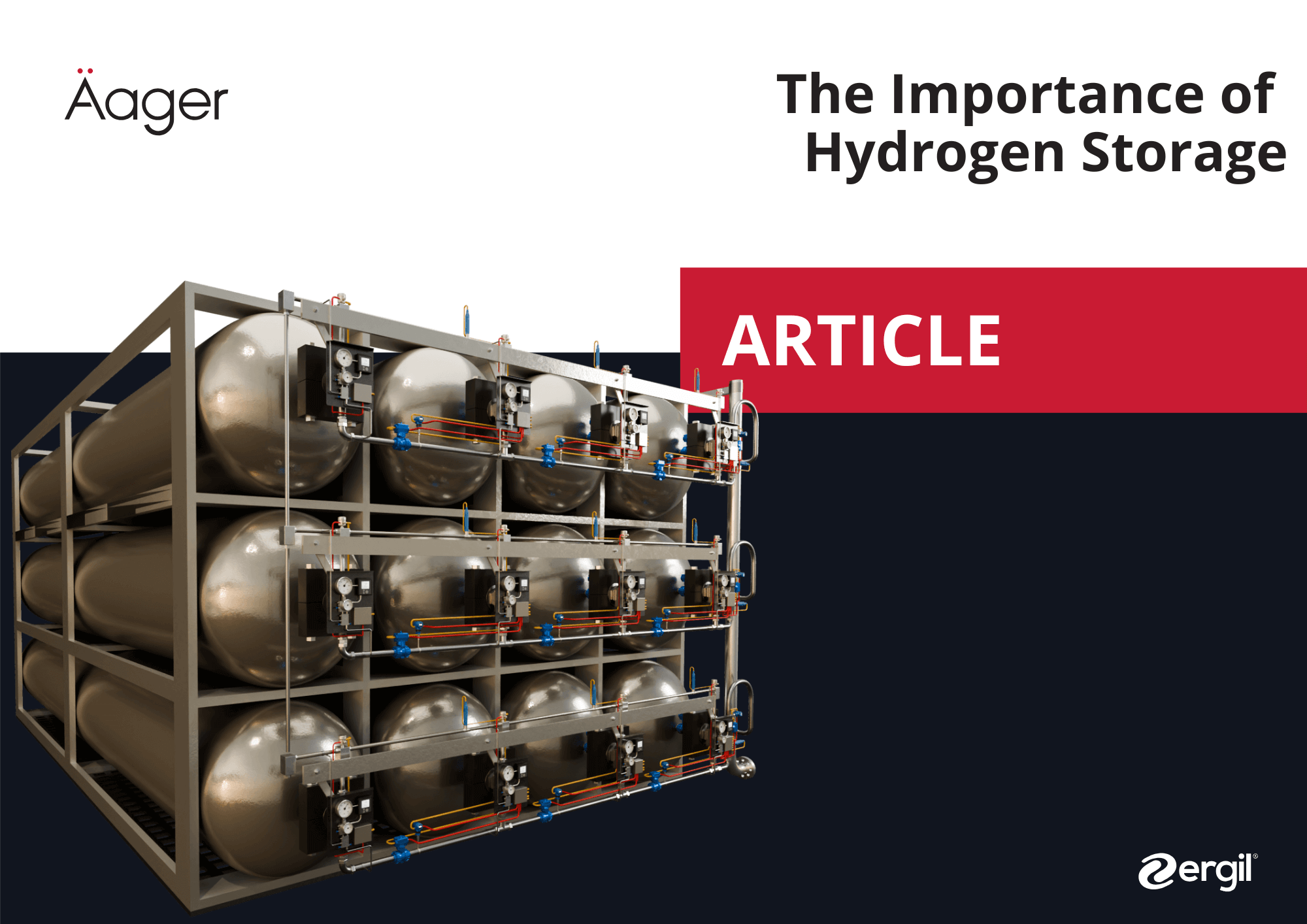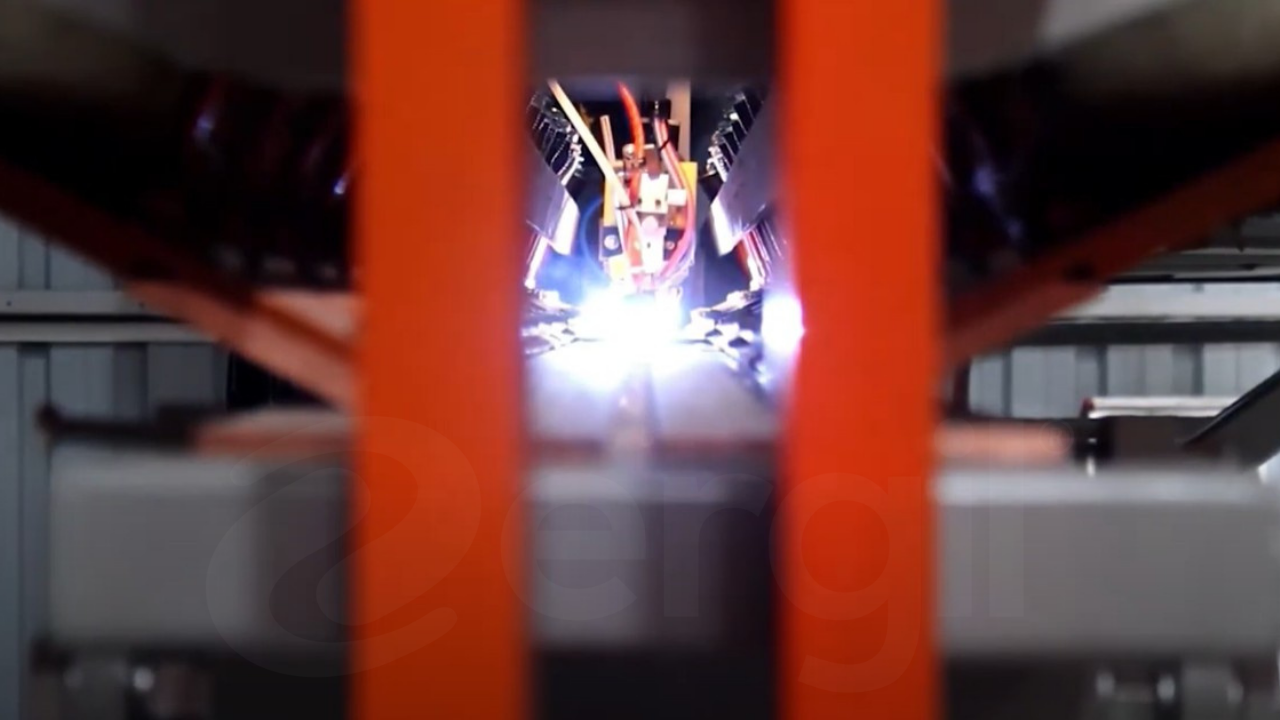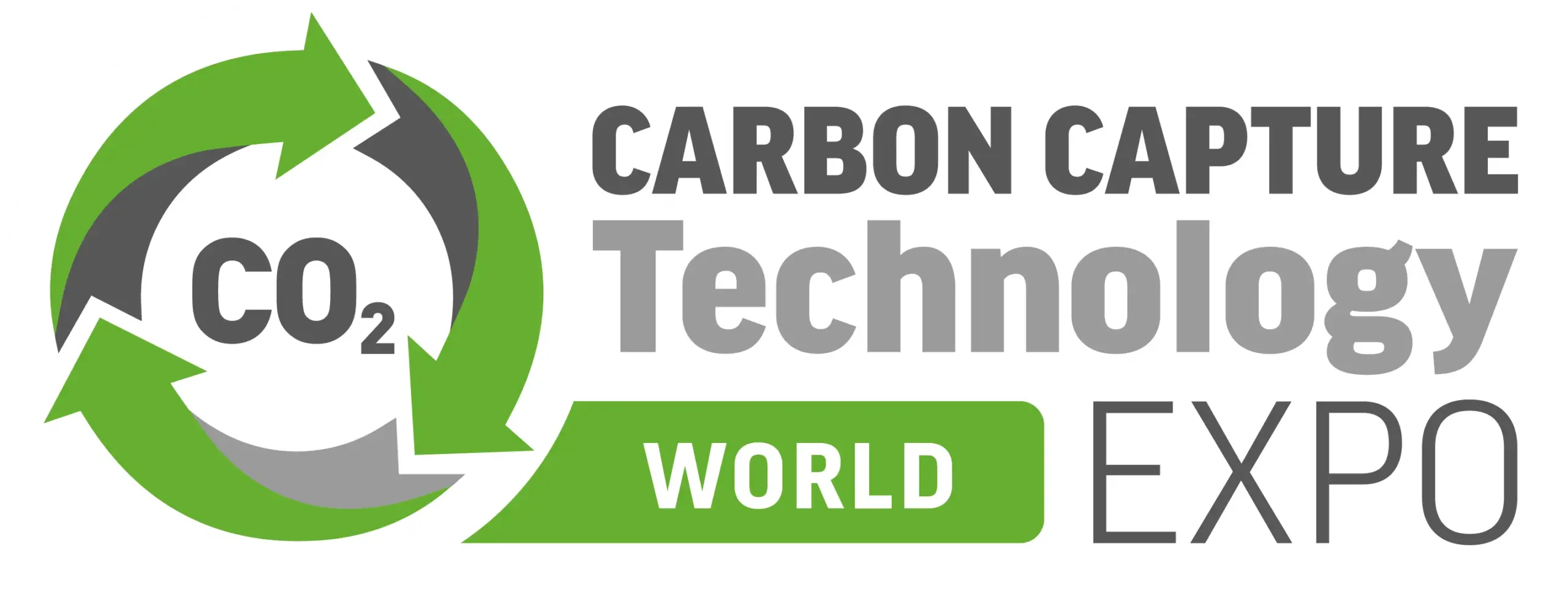Separator & Filter Vessels
Separators
Ergil offers you the best solution thanks to its wide product range and 40 years of engineering experience. Erbil’s highly engineered separators guarantee a perfect oil separation.
There are several kind of common seperator types;
- Knockout drum, having no internal
- Scrubber, Seperation progress performed by the liquid inside
- Flash tank, designed to seperate vapour and liquid flows through internal devices
- Slug catcher, to remove intermittent large volumes of liquids carrying gas stream
- Liquid-liquid seperator, to remove hydrocarbons from water content
3-Phase Oil, Gas, and Water Separator
The 3-Phase Oil, Gas, and Water Separator is a sophisticated system engineered for the effective separation of oil, gas, and water from a composite fluid stream. Integral to the oil and gas sector, this separator is key in purifying extracted fluids, streamlining processing, and refining operations while adhering to environmental regulations. Thanks to ERGIL’s more than 40 years of process and mechanical static equipment experience, we provide solutions for most complicated site conditions.
- EPC work completions
- Engineering submittals and performance guarantee
- In-house engineering support for all diciplines
- Simaulating progress by engineering softwares to see different cases
- Check and improve your operational efficiency with simuating control philosophy by electronically
- No sub-vendors for internals design and manufacturing
- Provides training, spare parts and guarantees for the safe operation of our equipment
- Construction Supervising services
- Reparing and revision works at site for stamped vessels
- Performance monitoring and adjustment activitiest after comissioning works
- Skid mounted, modular skids and process units
- After-sales service available for your ongoing spare-parts and mechanical maintenance needs
- Project Management & Consulting
- Logistics & Forwarding to site
- Predictive, preventative maintenance, and operations training
The separator employs gravitational and centrifugal forces, coupled with cutting-edge coalescing materials. Key components include:
- Inlet Diverter: Manages the incoming fluid stream, reducing turbulence.
- Gravity Separation Section: Utilizes density differences to segregate oil, water, and gas.
- Coalescer: Enhances separation of small oil droplets from water.
- Mist Extractor: Captures tiny droplets of oil and water from the gas phase.
- Weir Mechanisms: Segregate and collect oil and water in distinct compartments.
- Sand Jet System: (If applicable) Removes sand and solid particles.
- Vortex breaker
Predominantly utilized in oil and gas fields, both offshore and onshore, and in refineries, the separator is essential for processing produced water, segregating valuable hydrocarbons, and reducing environmental impact by curbing the discharge of pollutants.
New Trends
Innovations include:
Automated Control Systems: For enhanced performance and remote operation.
Compact and Modular Design: Adaptable units for space-constrained sites.
Advanced Materials: Employing corrosion-resistant alloys and composites.
Advantages of Modular and Skid Options
- Quick Installation and Mobilization: Both options offer rapid setup and commissioning.
- Reduced Footprint: Ideal for operations where space is at a premium.
- Versatility: Suitable for a variety of environments and operational conditions.
- Lower Initial Investment: These options often require less capital outlay compared to permanent installations.
In conclusion, the 3-Phase Oil, Gas, and Water Separator, with its advanced technology, adherence to international standards, and modular and skid-mounted options, is a pivotal component in the efficient, cost-effective, and environmentally responsible extraction and processing of oil and gas resources.
| Specification Category | Description |
|---|---|
| Type | Horizontal Vertical Spherical |
| Capacity | Flow rate (Barrels per Day, BPD) Varies based on model and design |
| Operating Pressure | Range (e.g., 50 to 1500 psi) Customizable based on requirements |
| Operating1 Temperature | Range (e.g., -20 to 200°F) Adapted to environmental conditions |
| Material | Carbon steel, stainless steel Corrosion-resistant alloys |
| Dimensions | Length, width, height (customizable) Skid-mounted or modular designs |
| Coalescing Material | Type (e.g., mesh pads, vanes) Tailored for efficiency |
| Inlet/Outlet Connections | Size and type based on throughput and pipeline connections |
| Standards Compliance | API (12J, 650) ASME ISO |
| Automation | Control systems (manual/automated) Optional telemetry features |
| Additional Features | Sand jet system (if applicable) Mist extractor |
| Application | Onshore/offshore oil and gas extraction Refineries |
This table provides a broad overview of the general specifications, which can vary based on the specific requirements of the oil and gas operation site. Customization options allow for adjustments in size, capacity, material, and additional features to suit different environmental conditions and operational needs.
Request A Quote
Do you need a quick quotation? Fill out the below form and expect our reply soon
